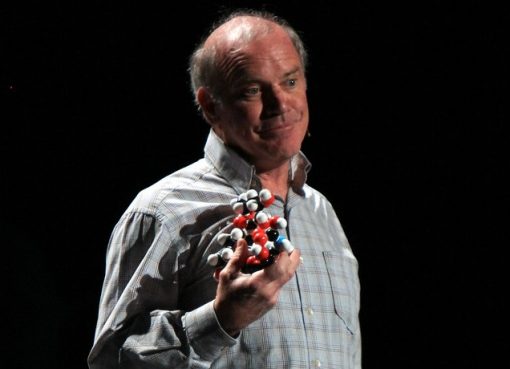The Nobel laureate, whose story I am going to highlight today, is one of the pioneers in the field of Reproductive Biology; his ground-breaking discovery could bring smiles to millions of infertile couples. Let me cut the long story short and tell about the struggle and success of Sir Robert Geoffrey Edwards, who discovered in-vitro fertilization in human. This area was considered as a taboo in 1960s and because of this, his scientific journey was not a very smooth one. Even then he could cross all the odds on the way and in the year 2010, he was awarded with the Nobel Prize in the field of Physiology and Medicine.
This British Physiologist was born in 27th September, 1925 in Batley, Yorkshire. He completed schooling from Manchester Central High School and then joined the British Army for a brief period. After his services in armed forces, he completed undergraduate course in Biology at Bangor University and in the year 1955, he was awarded Ph.D. in Animal Genetics and Embryology by the University of Edinburgh. Then, he joined California Institute of Technology as a Post-Doctoral Fellow and worked there for a year, after which became a Scientific Staff at the National Institute for Medical Research at Mill Hill. Dr. Edwards also worked in the University of Glasgow for a few years. In the year 1963, he moved to University of Cambridge as a Post-Doctoral Fellow to become a Reader in the Department of Physiology later in 1969.
In Cambridge, Edwards started working on human fertilization and could devise a medium for human embryo culture. In the history of reproductive biology, 1968 was a golden year, because it was in this year Edwards could fertilize human egg outside the body. Patrick Steptoe, a Gynaecologic surgeon, helped Edwards by collecting the eggs from patients with tubal infertility. It was during this time that his work on in-vitro fertilization in human got much resistance from the civil society and a part of the scientific community, referring it to be unethical. The Medical Research Council, a premier body for scientific research funding in United Kingdom at that time, refused to fund his research in the field. Edwards also had to face a number of lawsuits for his work on human in vitro fertilization. All this, however, could not deter him, and a perseverant Edwards worked relentlessly in the same area and could announce the birth of Louise Brown, the world’s first ‘test-tube baby’ at 11:47 pm on 25th July, 1978 at the Oldham General Hospital.
Edwards died on 10th April, 2013 in England but the tool he introduced has been credited for millions of births throughout the globe.
Source: Wikipedia and nobelprize.org




